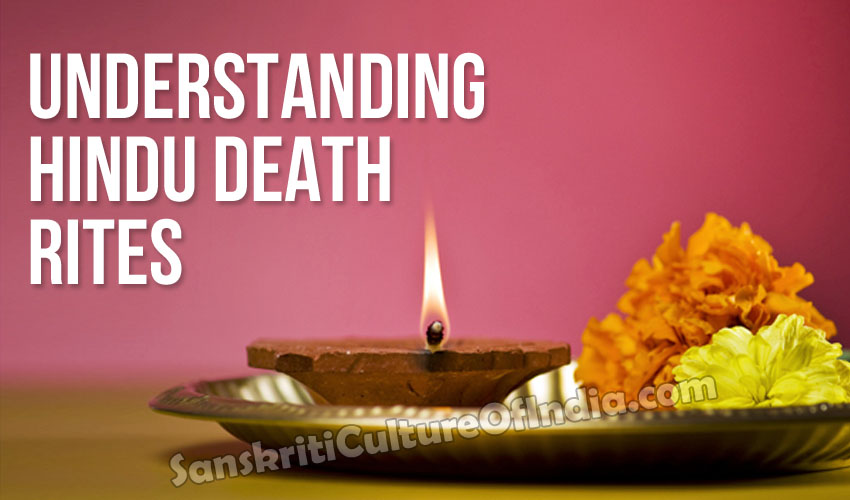One thing that is certain and acknowledged by those of all faiths is that in this life, we all must die. A belief in the cyclical reincarnation of the soul is one of the foundations of the Hindu religion. Death is viewed as a natural aspect of life. While the supreme goal is to transcend the need to return to life on earth, all Hindus believe they will be reborn into a future that is based mostly on their past thoughts and actions.
According to Hindu religion, the first mortal to meet death was named Yama. Because he was the first, this dubious honor makes him uniquely qualified to lead the way for others after death. The sacred scriptures of the Rig Veda promise that all who have been good will receive “admission” to Yama’s paradise and the everlasting enjoyment of all the heavenly pleasures. It is said that Yama is helped by two killer guide dogs that are described as ” four-eyed keepers of the path, who watch over men.” These two killer dogs wander among men thirsting for the breath of life, yet once they have secured their prey, lead them back to their heavenly realm, where Yama directs them to their destiny.
In the Hindu faith, cremation is a ritual designed to do more than dispose of the body; it is intended to release the soul from its earthly existence. This is based on the belief that the “astral body” will linger as long as the physical body remains visible. The only bodies that are not usually burned are unnamed babies and the lowliest of castes, who are returned to earth.
The death ritual doesn’t end with the elimination of the body because there is still the safety of the soul to look after. To ensure the passage during its voyage to the Otherworld, an eleven-day ritual called shraddha is performed consisting of daily offerings of rice balls, called pindas, which provide a symbolic, transitional body for the dead. Without these rites, the soul may never find its way to Yama’s realm.
Traditionally, a Hindu dies at home whereas in modern times, the dying are increasingly kept in hospitals. Knowing the merit of dying at home among loved ones, Hindus bring the ill home. When death is imminent, after kindred are notified, the person is placed in his room or entry way to the house, with the head facing east, where he is urged to concentrate on his mantra. Kindred keep vigil singing hymns, praying, and reading scripture until the great departure. If he cannot come home, then this is done at the hospital.
Hindu funeral rites can be simple or exceedingly complex, but devotedly completed, according to the customs, means, and ability of the family, will properly conclude one earthly sojourn of any Hindu soul.
~ Dominic D.










